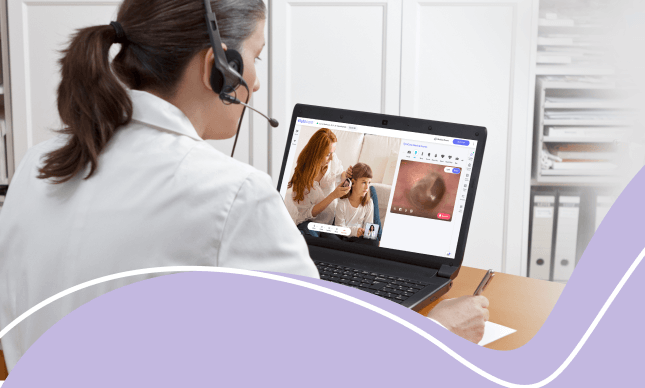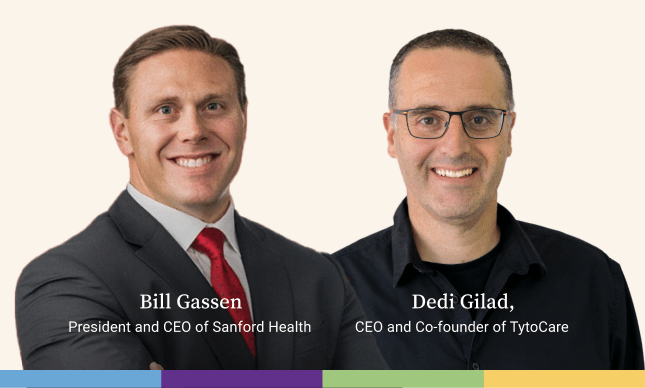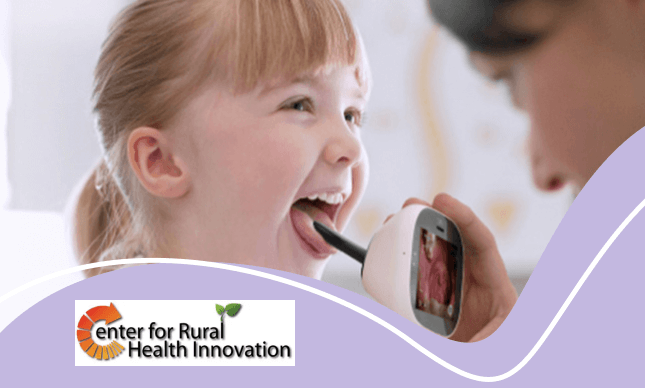How SWICA cut costs and improved care
Listen to our partners in Switzerland on how they cut costs and improved care through remote triage.

Learn more

How TytoCare Helped a Community Health Center Keep ALL Staff Employed During COVID
When COVID first hit the U.S. in March 2020, in-person primary care visits fell drastically nationwide. This threatened the future of many small, rural health clinics, like Universal Community Health Center (UCHC) in South LA; a small, Federally Qualified Health Center (FQHC) that provides care to rural and impoverished patients. By the end of March […]

The role of telehealth in the future of excellent healthcare for rural areas
Health systems across the United States are investing in a continuous effort to provide equally high-quality healthcare across the regions they cover. This can be challenging when dealing with communities in rural areas, where the current shortage of clinicians adds to existing difficulties in making coverage hard to access. As they strive to provide affordable […]
